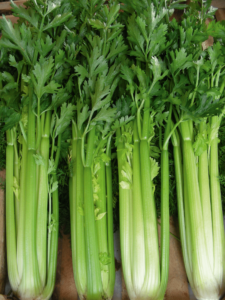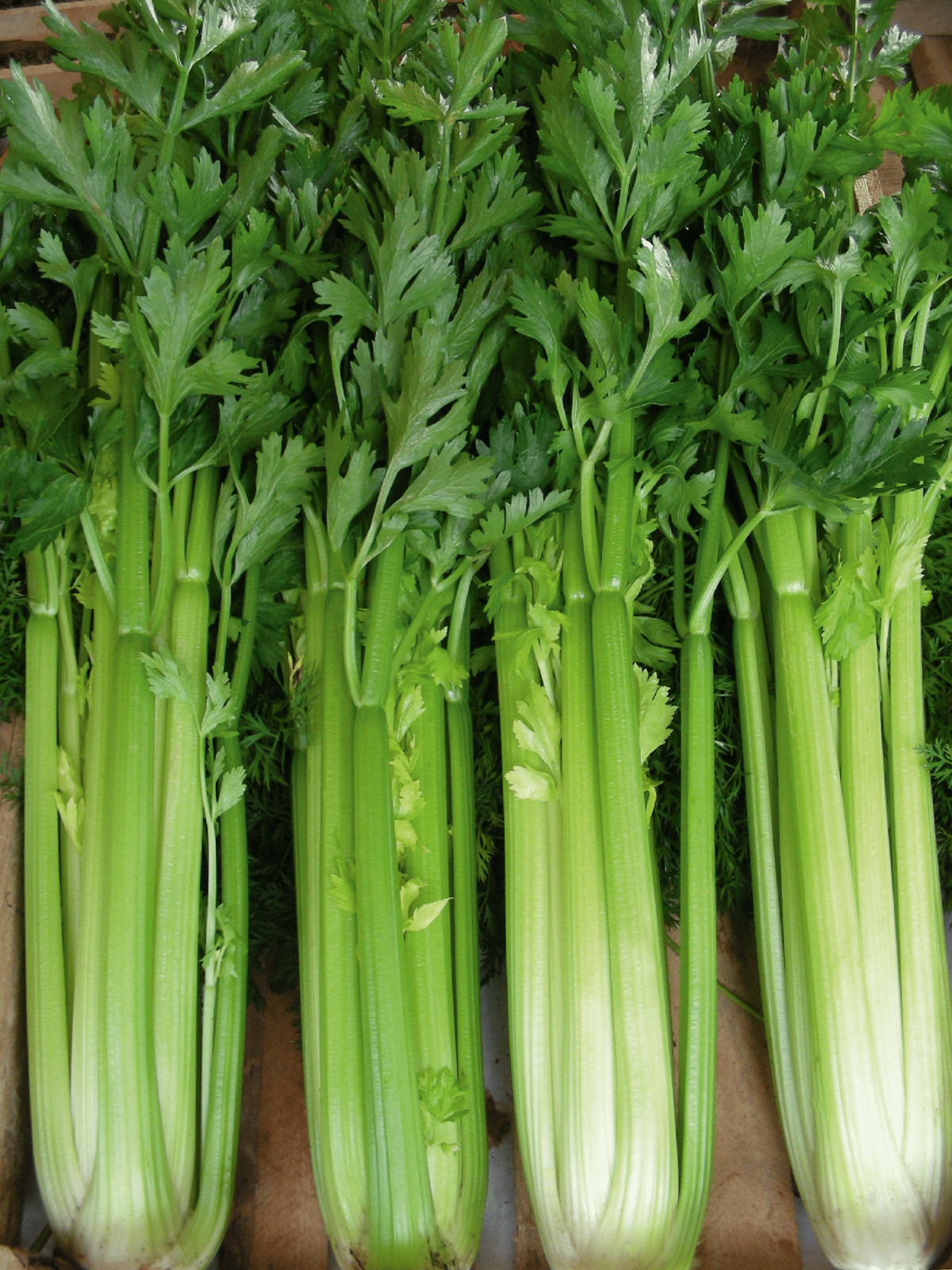
Transplanting ‘Utah’ celery, a popular variety known for its crunchy stalks and good flavor, involves specific care and attention. Here’s a step-by-step guide to help you successfully transplant ‘Utah’ celery:
1. Seedling Preparation
- Begin with healthy ‘Utah’ celery seedlings, which should be about 10-12 weeks old.
- Harden off the seedlings by gradually exposing them to outdoor conditions over a week.
2. Optimal Transplanting Time
- Transplant after the last frost in spring. ‘Utah’ celery prefers cooler weather for its initial growth phase.
3. Soil Preparation
- Celery thrives in rich, fertile, and well-drained soil with a pH between 6.0 and 7.0.
- Work in plenty of organic matter like compost or well-rotted manure before planting.
4. Transplanting
- Space the plants about 10-12 inches (25-30 cm) apart in rows that are 18-24 inches (45-60 cm) apart.
- Plant the seedlings at the same depth they were growing in their containers.
- Water thoroughly after transplanting to settle the soil around the roots.
5. Watering and Care
- Celery requires consistent moisture. Keep the soil evenly moist but not waterlogged.
- Mulching helps retain soil moisture and control weeds.
6. Fertilization
- Apply a balanced fertilizer a few weeks after transplanting.
- Celery is a heavy feeder and may benefit from additional nitrogen-rich fertilization during the growing season.
7. Blanching (Optional)
- Although ‘Utah’ celery is generally less stringy and more flavorful, blanching can be done for a milder flavor. This involves wrapping the stalks with paper or soil to block sunlight about two weeks before harvesting.
8. Pest and Disease Management
- Regularly inspect for pests like aphids and caterpillars.
- Employ organic or chemical controls as needed.
- Practice crop rotation and good garden hygiene to prevent diseases.
9. Harvesting
- Harvest ‘Utah’ celery when stalks are about 1 inch (2.5 cm) in diameter and 6-8 inches (15-20 cm) tall.
- Cut the entire plant at soil level or harvest stalks individually as needed.
10. Aftercare
- Remove any leftover plant debris from the garden to prevent disease.
Growing ‘Utah’ celery can be a rewarding experience, especially with careful attention to watering and soil conditions. For specific advice related to your local climate and soil, it’s always helpful to consult with local gardening experts or a cooperative extension service.




Reviews
There are no reviews yet.